The architecture of Azure Virtual Desktop comprises many components that make up the service connecting users to their desktops and apps. Most components are Microsoft-managed, but some are customer-managed or partner-managed. Microsoft provides the virtual desktop infrastructure (VDI) components for core functionality as a service.. Desktop-as-a-Service (DaaS) is a cloud-based desktop virtualization service hosted by a third-party enterprise. It's a simple way for organizations to give employees secure anywhere-anytime access to personalized desktops from virtually any device - which allows companies to take advantage of today's increasingly hybrid work environment.
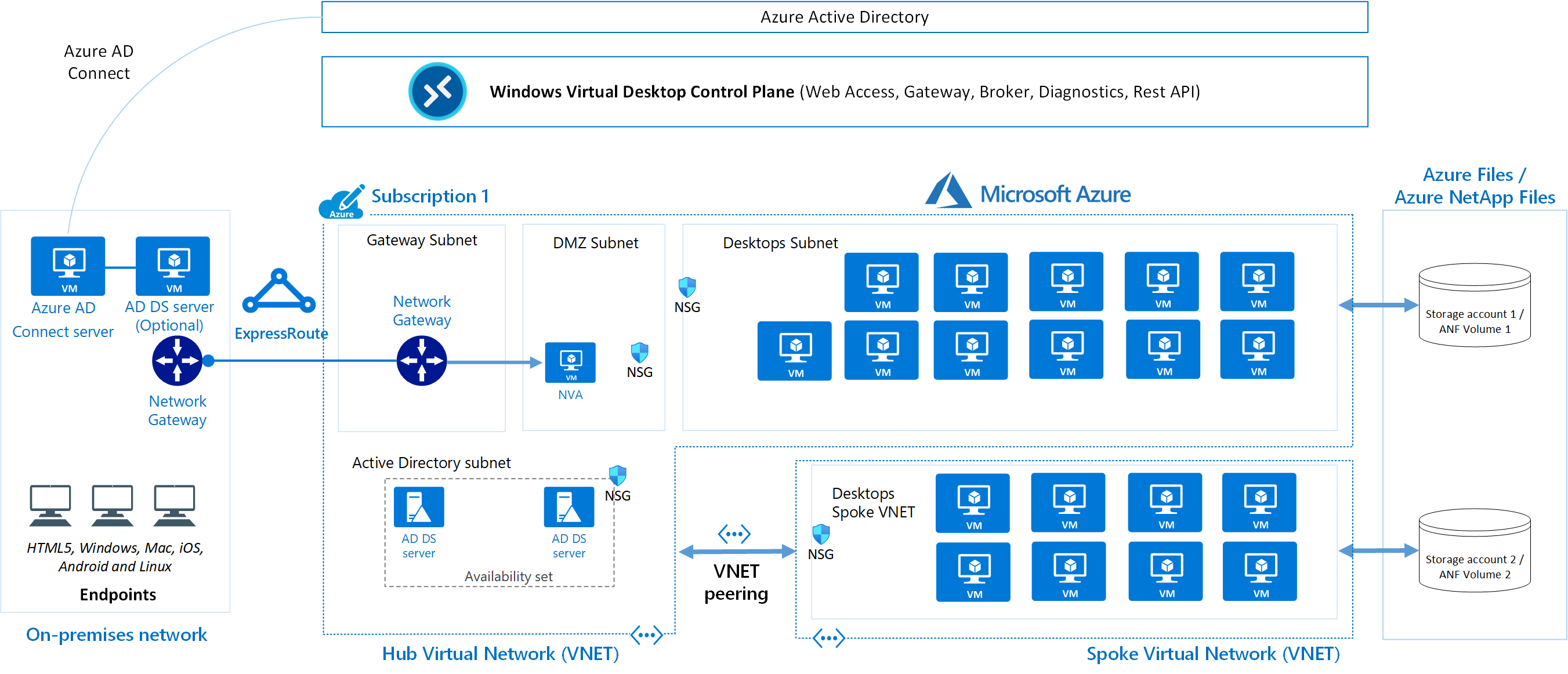
VDI on Azure (Azure Virtual Desktop) Complete Guide

Benefits of the Virtual Desktop Infrastructure
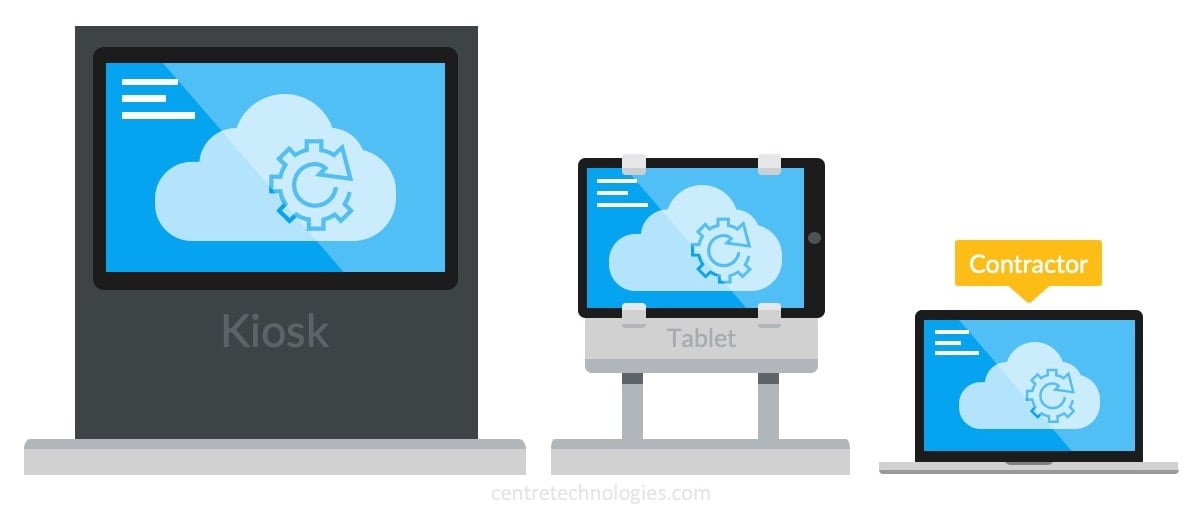
5 Ways to Use Virtual Desktop Infrastructure (VDI)

VDIworks Virtual Desktop, VDI, DaaS, RDS, PCoIP Solution Provider Management, Solutions

Desktop as a Service vs. VDI What's the Difference?
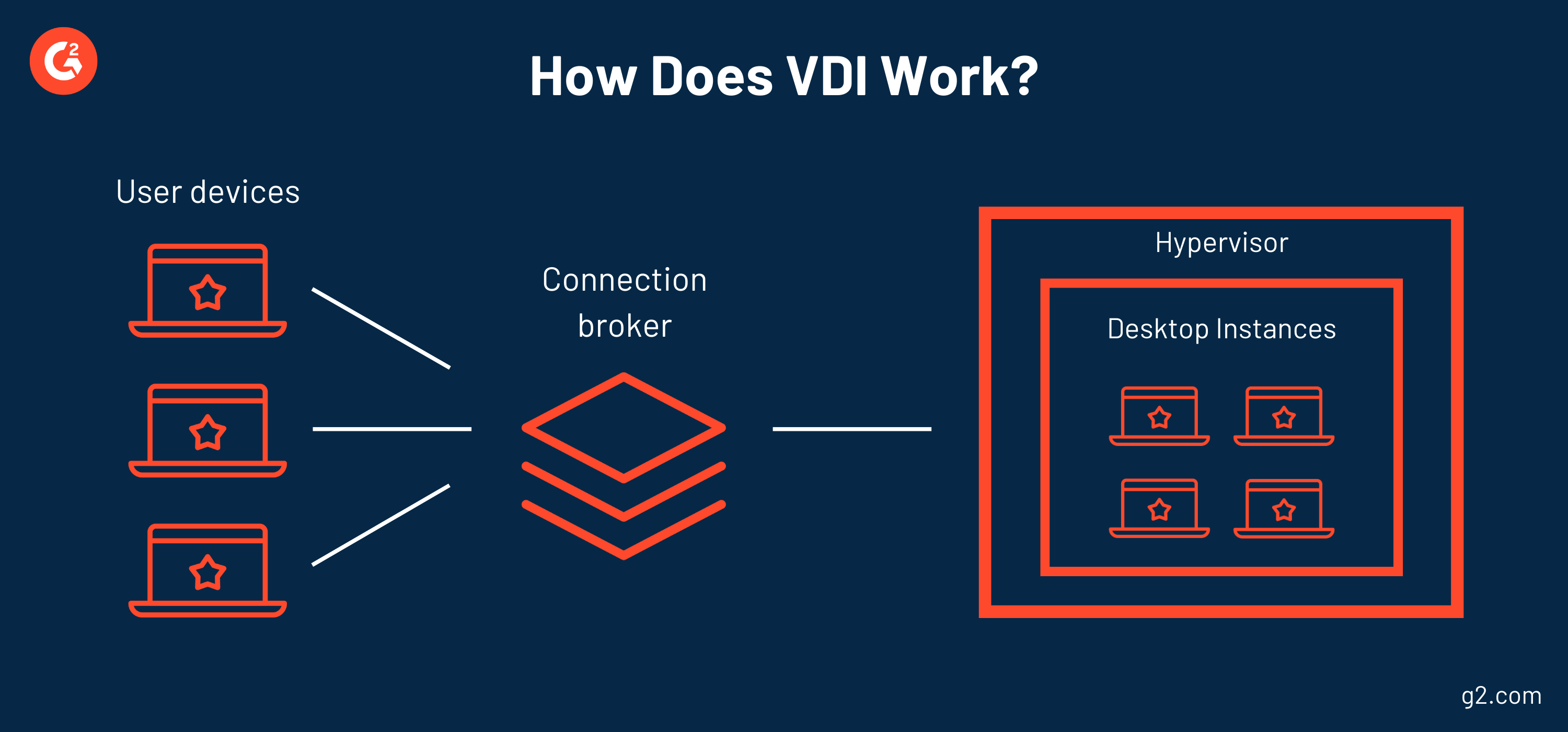
How to Turn VDI Into a Remote Worker's Dream

What is Virtual Desktop Infrastructure (VDI)?
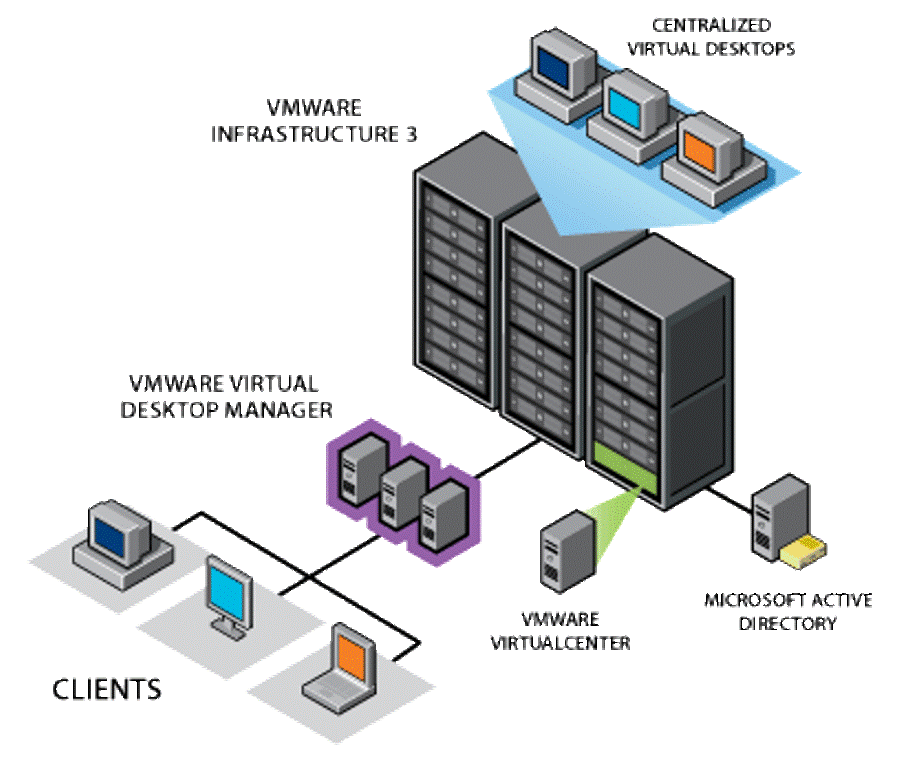
What Is The Importance Of Virtual Desktop Infrastructure?

VDI vs Desktop as a Service XOverture

Virtual Desktop Infrastructure (VDI) on the Cloud YouTube
.png)
Virtual Desktop Infrastructure VDI Desktop Cloud Sangfor

5 Ways to Use Virtual Desktop Infrastructure (VDI)

VDI and Desktop asaService Blog Post Managed IT Services Provider
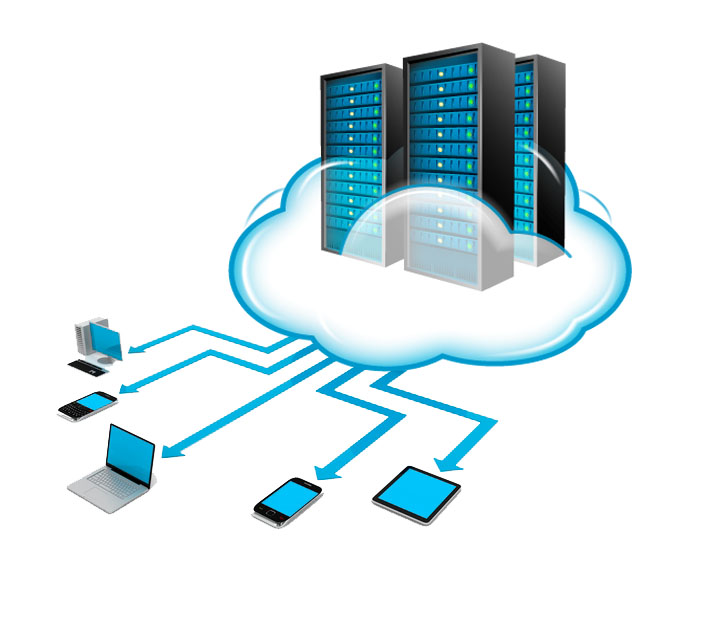
Introduction to Virtual Desktop Infrastructure VDI and Desktop as a Service DaaS Concero
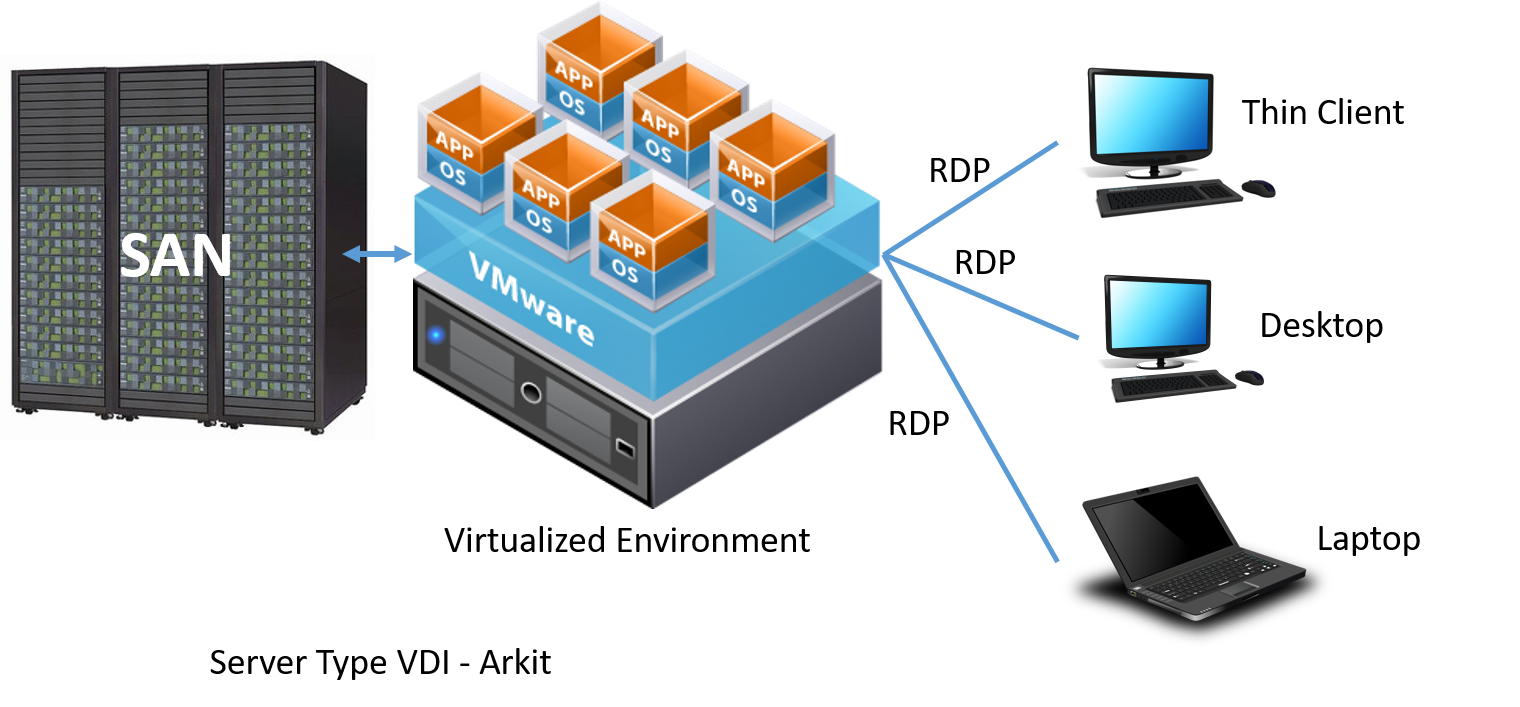
VDI Virtual Desktop Infrastructure A Robust Environment ARKIT

Benefits of Desktop Virtualization for Businesses Part 2

Deploying desktop virtualization Microsoft Community Hub
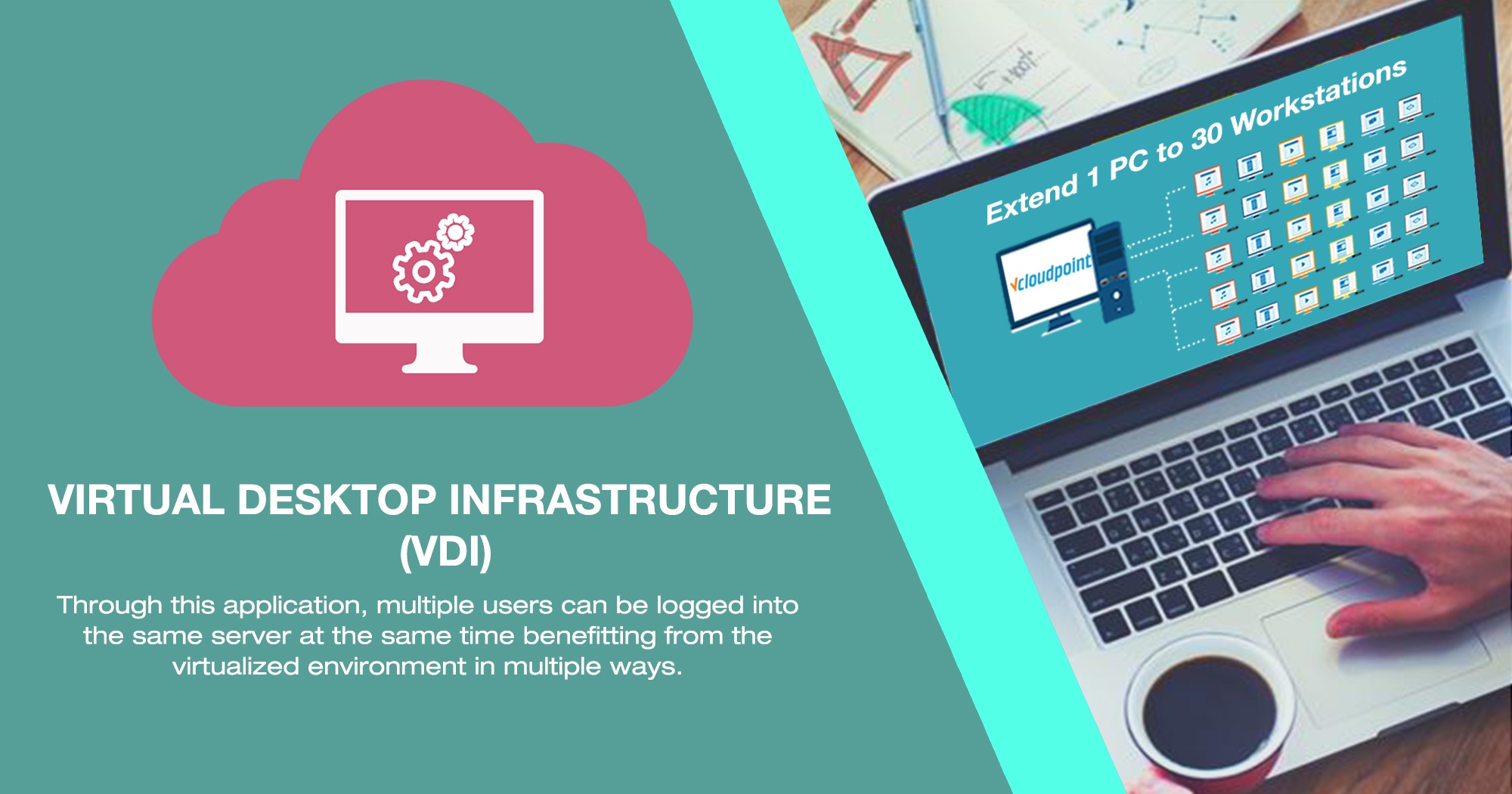
Virtual Desktop Infrastructure (VDI) Deployment Layots Technologies

A Guide On Virtual Desktop Infrastructure (VDI)

VDI Virtual Desktop Technology How VDI Desktop as a Service Benefits Businesses
Virtual Desktop Infrastructure or VDI sometimes grouped in with Desktop as a Service, hosted desktop, cloud desktops or just virtual desktops is a type of technology that provides users with virtual computer desktops rather than the physical, traditional desktops. The VDI concept may be a bit hard to grasp. Let's break it down.. host-based virtual machine: A host-based virtual machine is an instance of a desktop operating system that runs on a centralized server. Access and control is provided to the user by a client device connected over a network. Multiple host-based virtual machines can run on a single server.